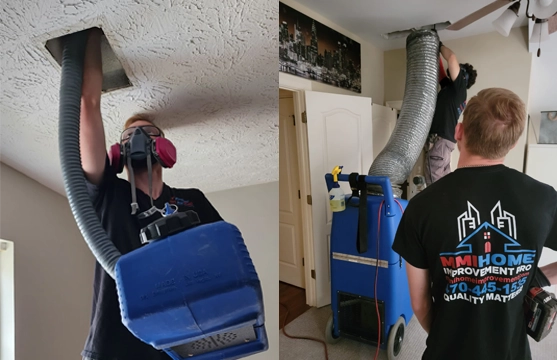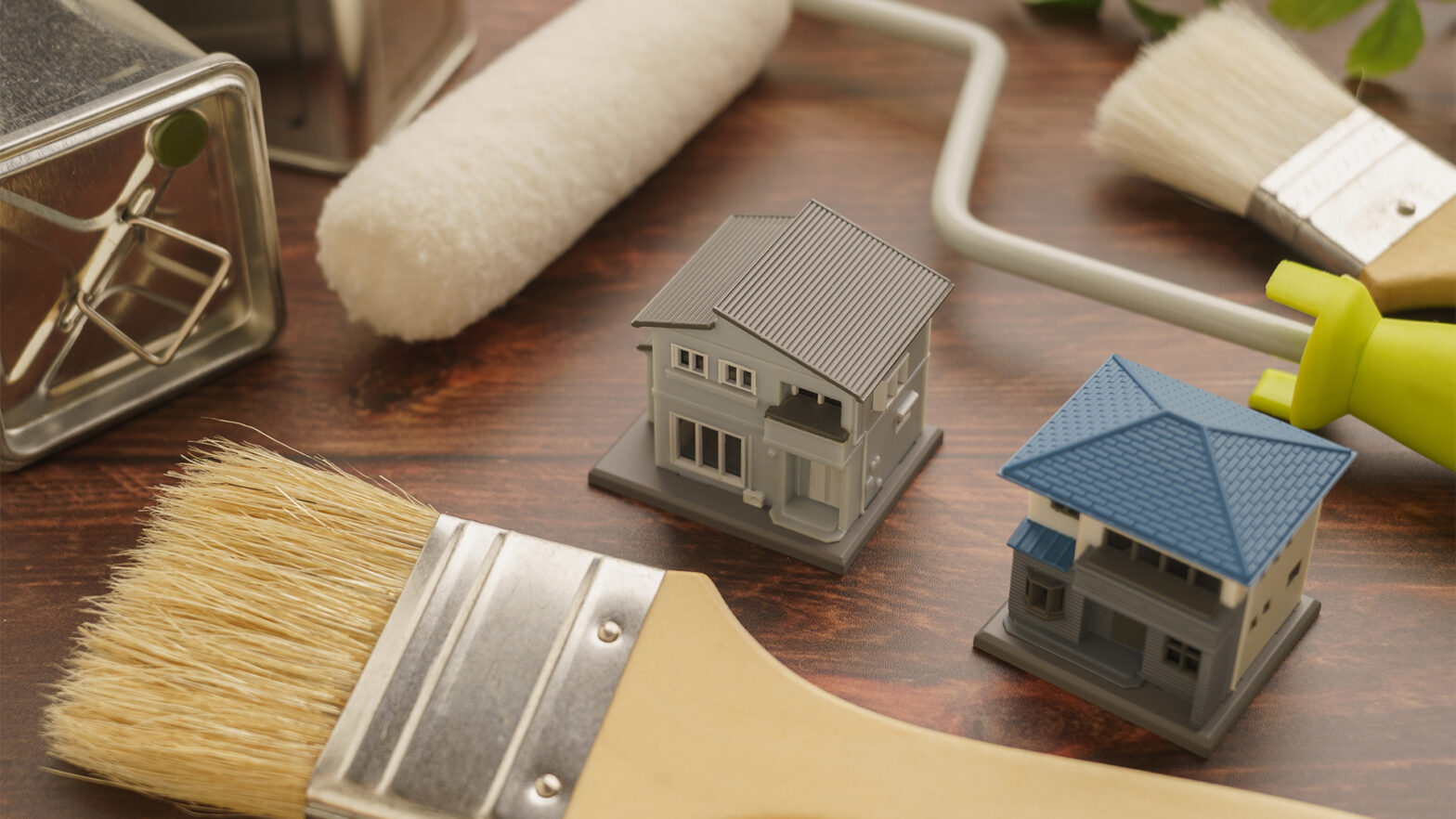
- 247 Blinds has surveyed Brits to understand what the “dream home” looks like in 2025 to different generations
- 61% of respondents stated they do not currently live in their dream home, however almost half (47%) of Gen Z think they are
- Over half (52%) said their idea of a dream home has become less aspirational in recent years
- Gen Z found to prioritise modern fittings compared to Baby Boomers who often look for conservatories
When it comes to our dream homes, we all have our own wishes and desires, but how does taste change as we age and what matters the most to different generations?
247 Blinds has surveyed 1,000 Brits to understand what their dream home looks like in 2025 and whether people’s dream home aspirations have changed in light of the cost of living crisis. While a detached home with outdoor space, lots of natural light and a large number of bedrooms, came out on top overall, there were clear trends and themes of what each generation desires.
Surprisingly, Gen Z are the most likely of all generations to be hopeful about their property aspirations, with 47% saying their idea of a dream home has remained the same in recent years, despite rapidly increasing house prices.
The dream home has shifted to nature and tranquillity over materialism
| The top 10 elements that make up a dream home: | The most popular type of home: |
| 1. Outdoor space (50%) 2. Lots of natural light (44%) 3. Number of bedrooms (39%) 4. View from home (30%) 5. Large kitchen with island (26%) 6. Number of bathrooms (22%) 7. En-suite in master bedroom (21%) 8. Garage (21%) 9. Living space that opens into a patio or garden for summer (17%) 10. Conservatory/orangery (14%) | 1. Detached (38%) 2. Bungalow (16%) 3. Cottage (11%) 4. Semi-detached (10%) 5. Penthouse (7%) |
The survey shows that detached homes remain the gold standard for Brits, with 38% identifying them as their dream property.
The perfect property styles
While a detached property was the favourite property choice overall, there were noticeable differences when looking closely between the generations.
The only generation to have a flat show up in their top four was Gen Z (7%), who were also the most likely generation to favour terraced homes (21%) reflecting a preference for more urban living.
Millennials favoured traditional homes like detached, semi-detached and terraced homes (59% combined) over any other generation. However, indicating a desire for rural tranquillity, they were the generation also the most likely to dream of living on a farm (6%).
Gen X favoured a detached home more than other generations, with two-fifths (45%) naming this their dream property, with a cottage (12%) coming up as the second most desired choice. They were also the least likely to name a flat (1%) as their dream property compared to the other generations.
For Baby Boomers, bungalows (27%) were their second most favoured choice for their dream home, just behind detached homes (34%), and they were also the most likely generation to want to live in a cottage (13%).
Features we fawn over
When asked what the most important elements are in a dream home, among the top five answers, three of those involved references to nature and the outdoors, rather than the structure of the house.
The most common answer was outdoor space, with exactly half of respondents stating this. This was closely followed by having lots of natural light (44%), with views from the home also ranking highly coming out fourth, suggesting a desire to bring the outside in and immerse themselves in nature.
Elements that might usually make up the “stereotypical” dream home were less popular amongst Brits than expected, with a swimming pool (12%), cinema room (10%) and walk-in wardrobe (6%) only making up a small percentage of people’s dream home wishlists.
Gen Z’s lacklustre for luxury
Surprisingly, modern open-plan living (2%) was not of high value to Gen Z, and neither was their desire for luxury spaces such as a bar (4.7%) or sauna (5%). This made Gen Z’s preferences a lot less ambitious than other generations, as the number of bedrooms (53%) was their biggest desire overall – suggesting functionality as a central focus of their aspirations.
A social space for millennials to make memories
In contrast to Gen Z, millennials were the most likely generation to desire extravagant home features like a swimming pool (18%), games room (8%) and cinema room (7%). Pairing this with a high value placed on large kitchens with islands (29%) these stats signify that their dream home includes social spaces fit for hosting and entertaining.
Gen X’s function follows forms
Gen X tend to favour functional, family-friendly spaces blended with aspects of nature. This is shown by their preference for outdoor space (53%), natural light (45%) and number of bedrooms (37%), as well as practical additions like garages (28%) and utility rooms (16%) showing on top of their list.
While some luxury elements appeal to Gen X, such as a swimming pool (11%), their focus remains on features that enhance everyday living and family needs, such as large kitchens with islands (27%) and an en-suite in the master bedroom (17%).
Baby Boomer’s prefer quaint and quieter qualities
The trend for older generations to be more likely to dream of cottage life could reflect their desire to live a slower, more quaint lifestyle as they enter the later years of their life. Bungalows being their second most popular choice also nods towards the longing for both functionality and accessibility.
The elements of their dream home also reflected this, with natural light (51%) and outdoor space (57%) being rated highly, with functional spaces such as spare bedrooms (16%), garages (28%), and conservatories (21%) also taking a priority.
Is the dream home attainable?
With home ownership becoming increasingly challenging in the UK, and the cost of living increasing for many, is the dream home attainable in the current climate?
Overall, the data shows that over 3 in 5 Brits are not living in their dream home, even though the data suggests that “dream homes” are becoming more grounded, with 52% of people admitting their aspirations have scaled back in recent years.
Surprisingly, Gen Z is the generation most likely to be living in their dream home (47%), whereas Gen X (23%) and Baby Boomers (27%) show the lowest satisfaction, suggesting higher or more traditional aspirations.






























